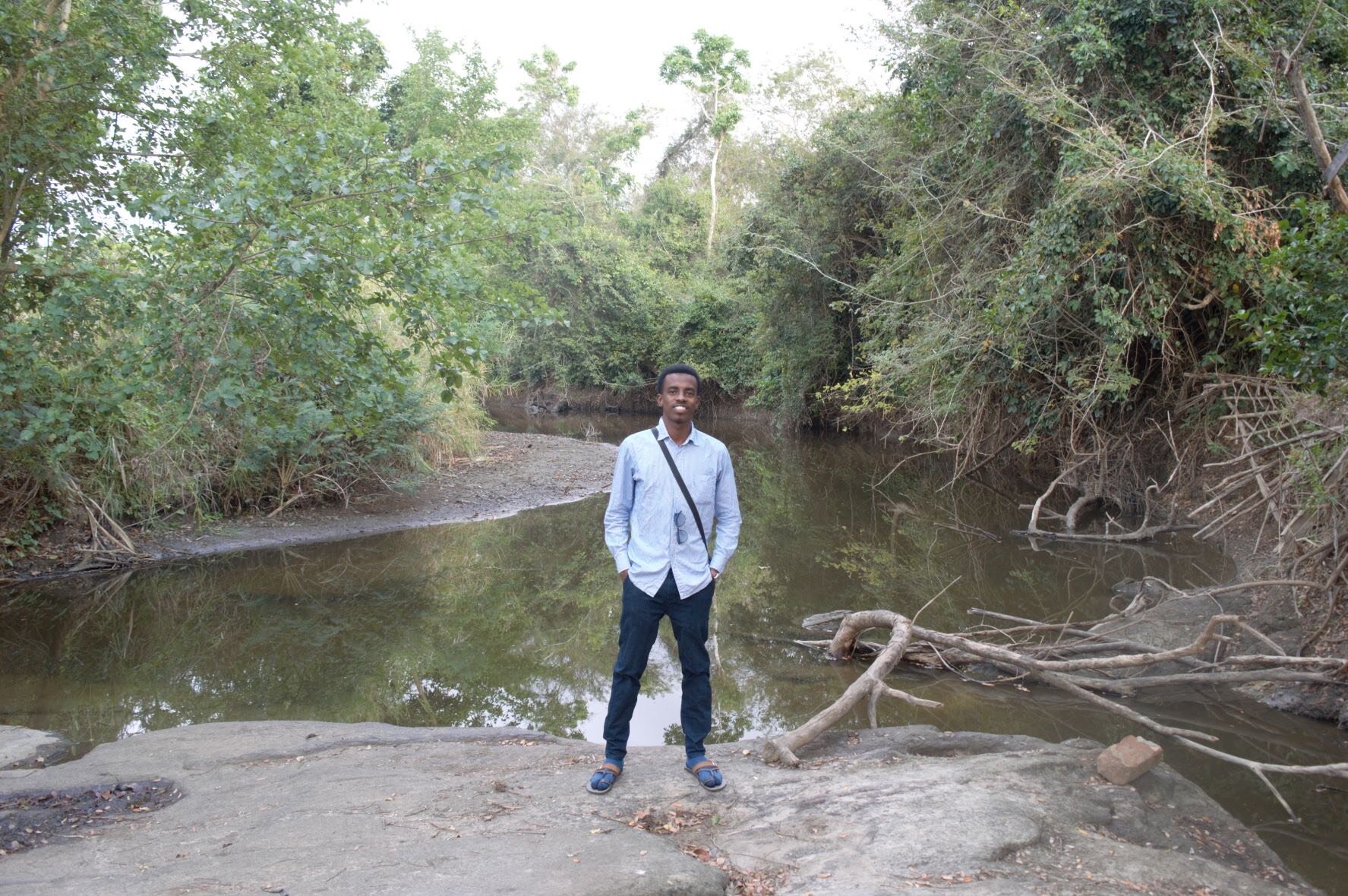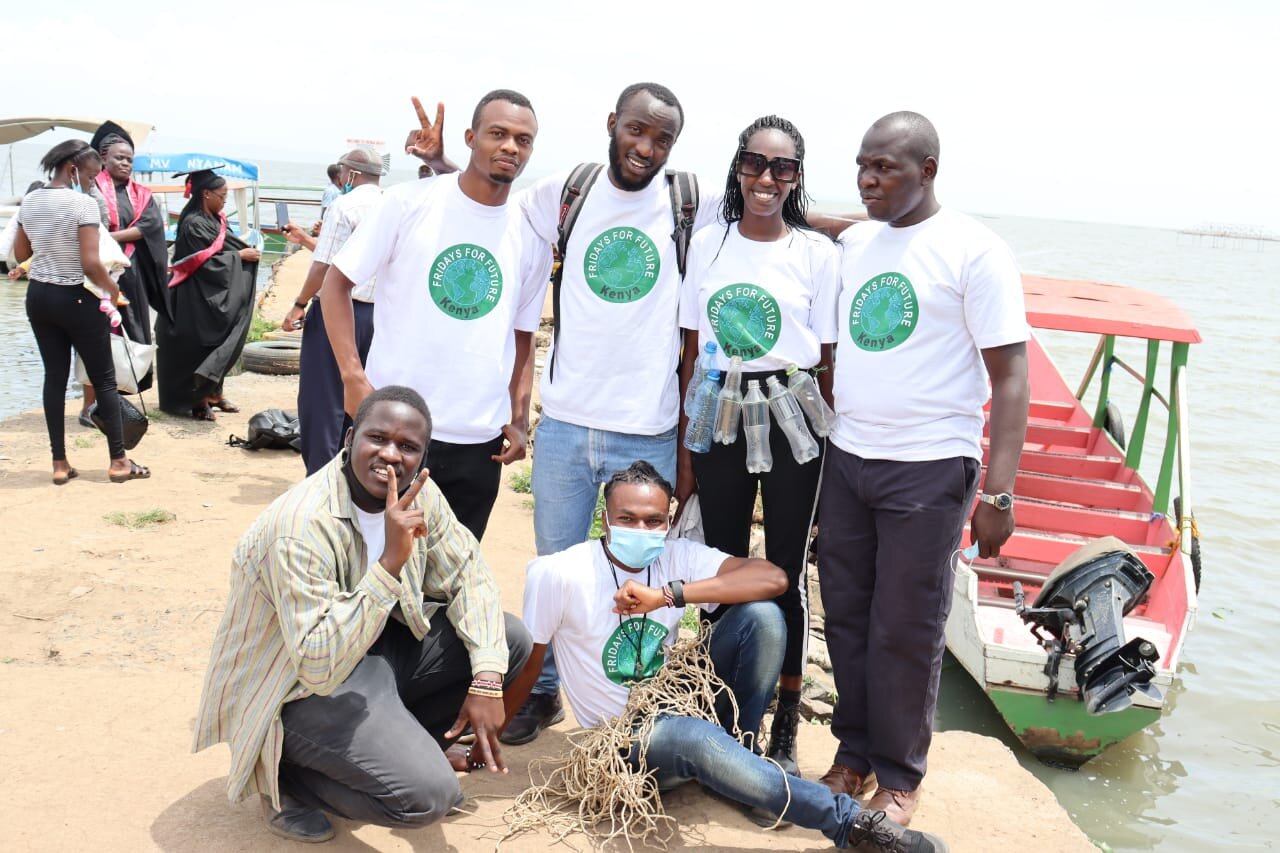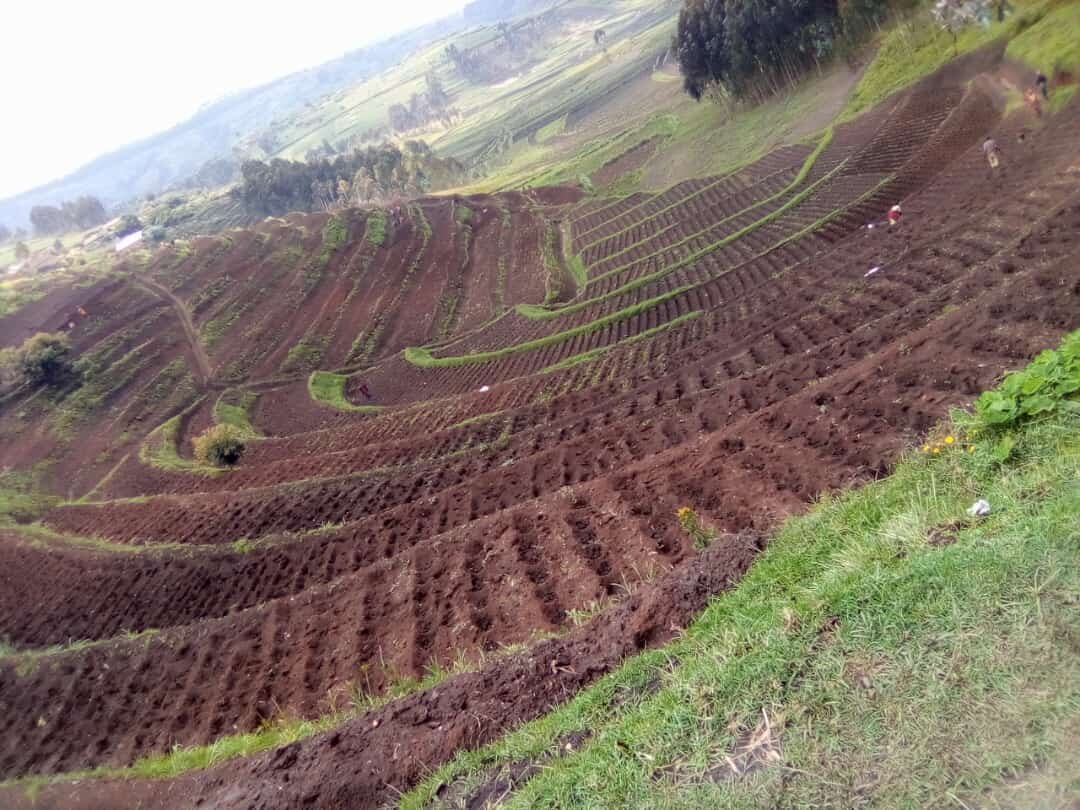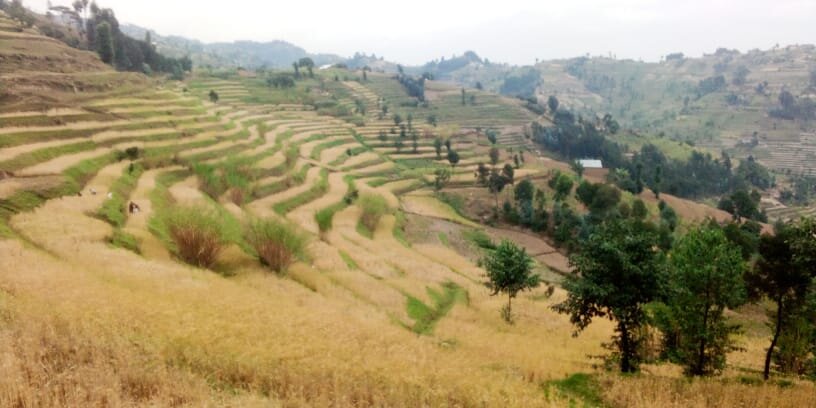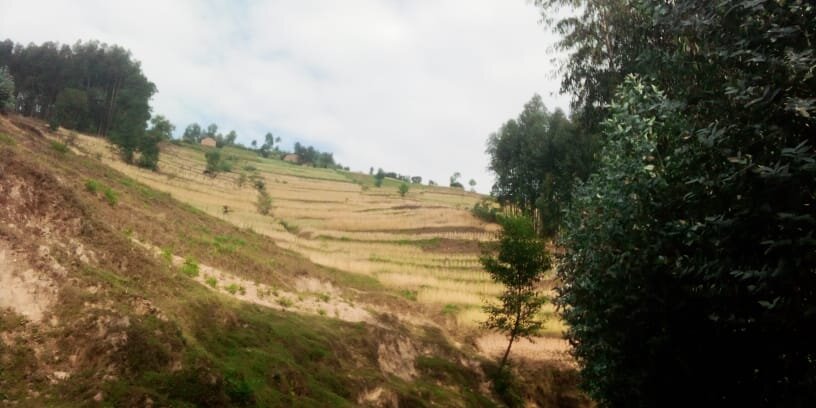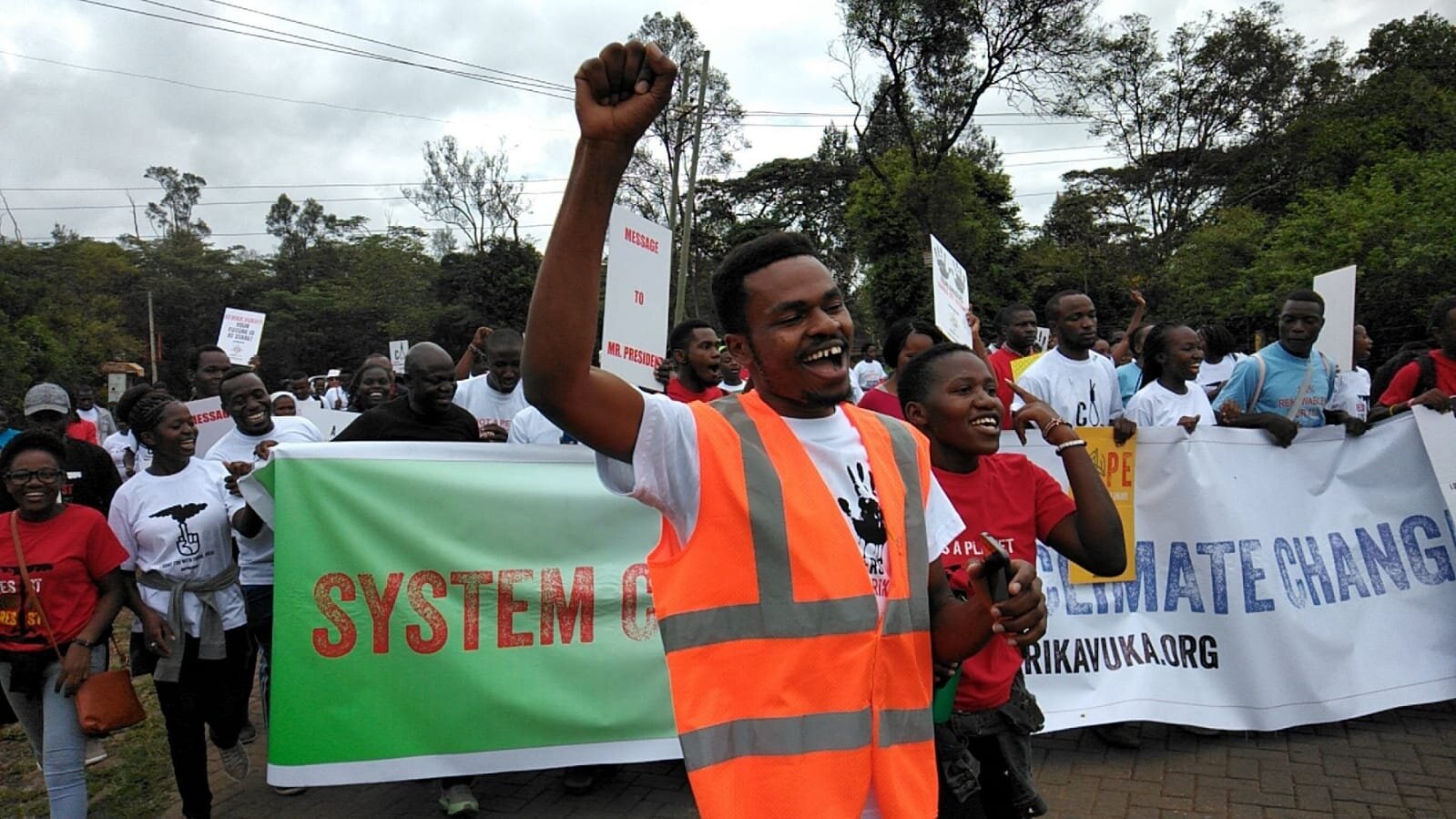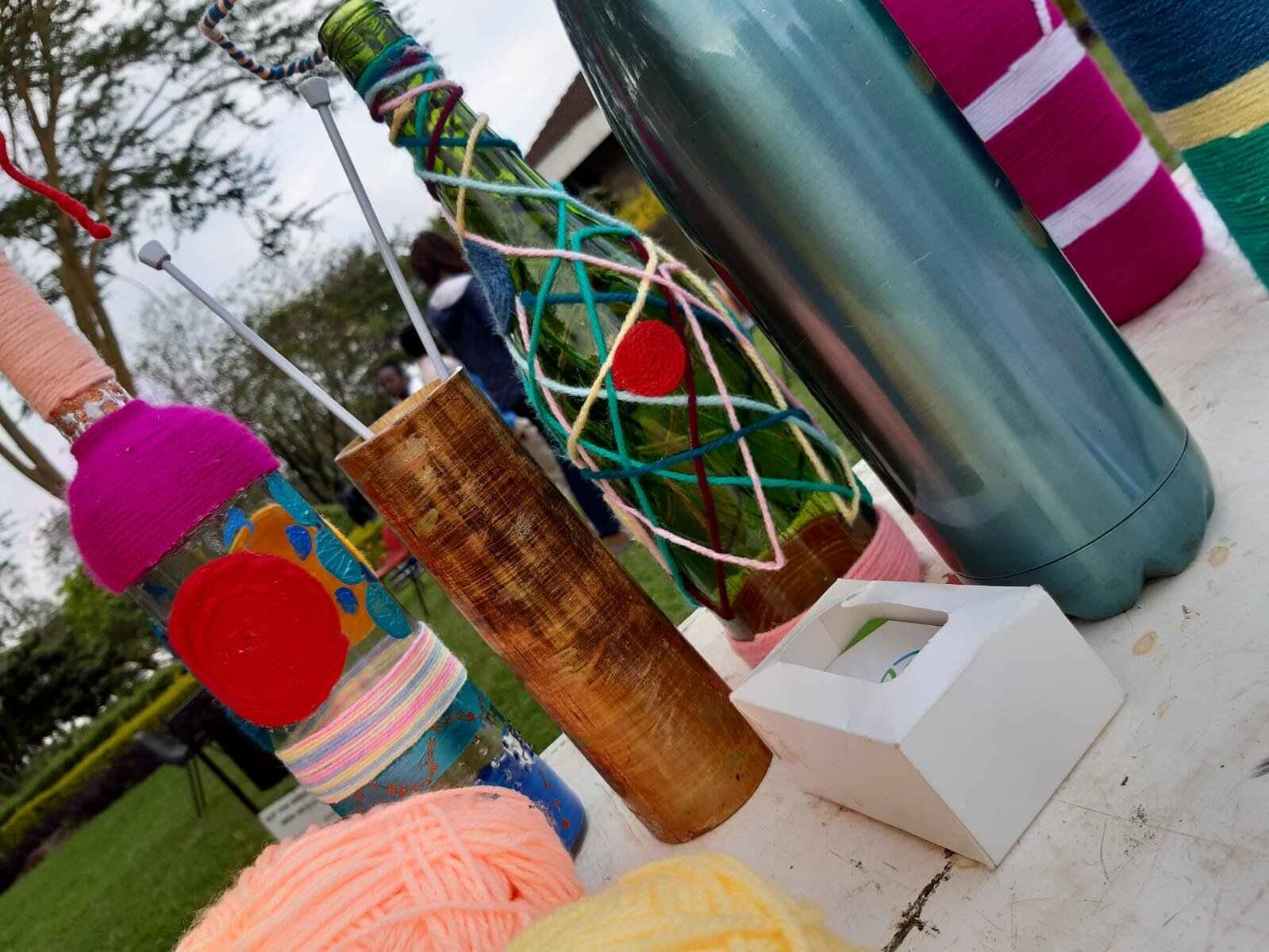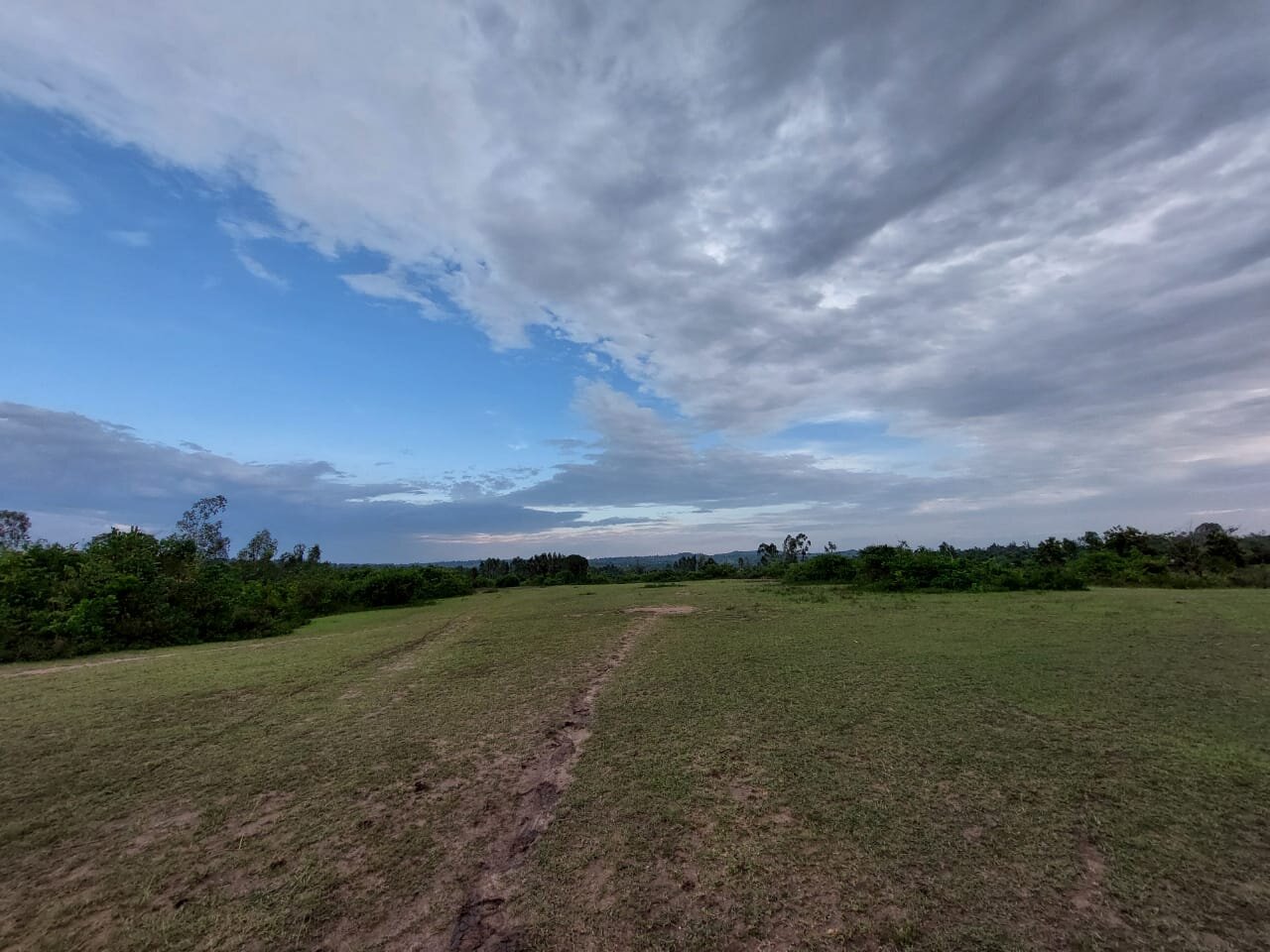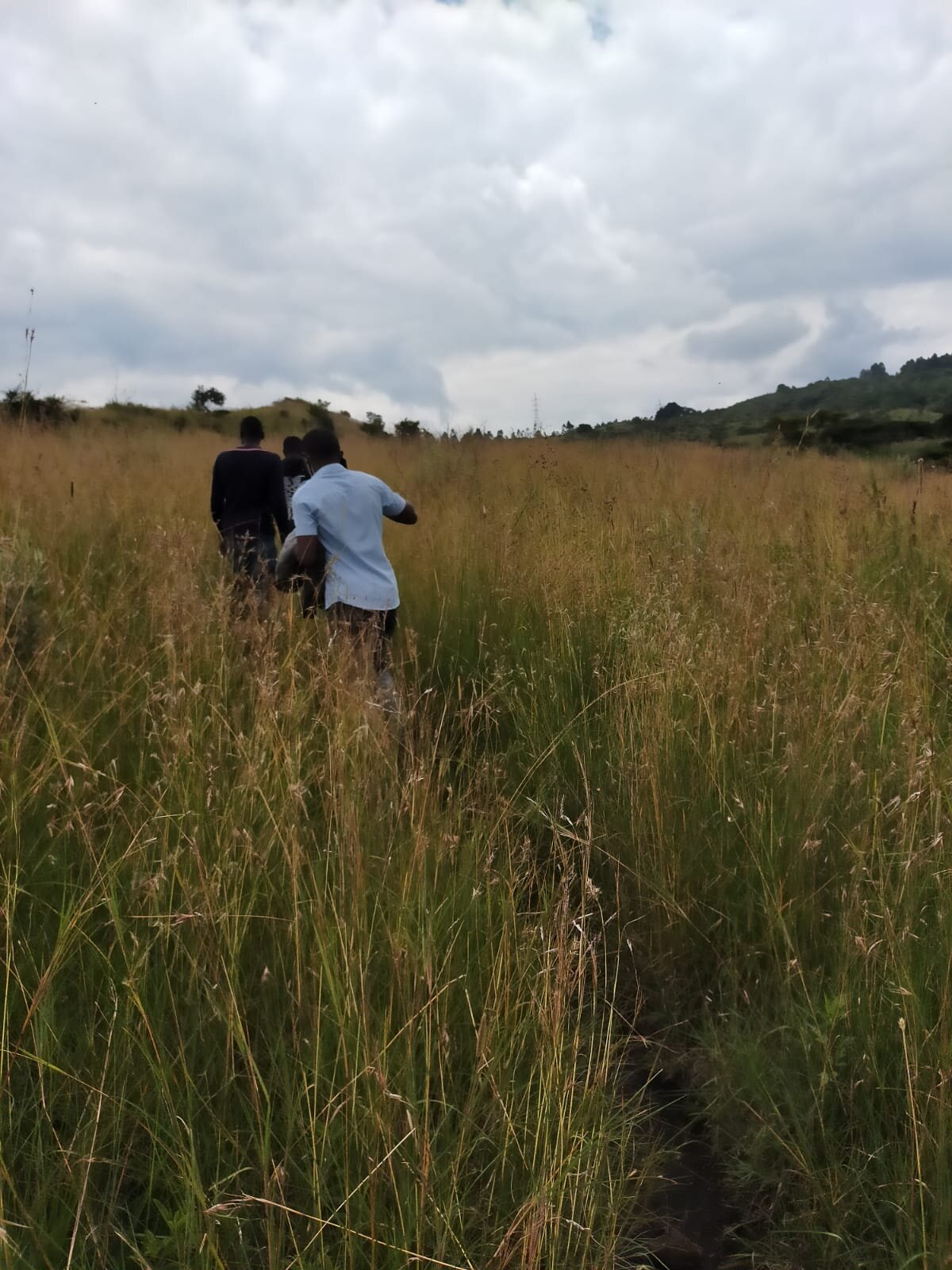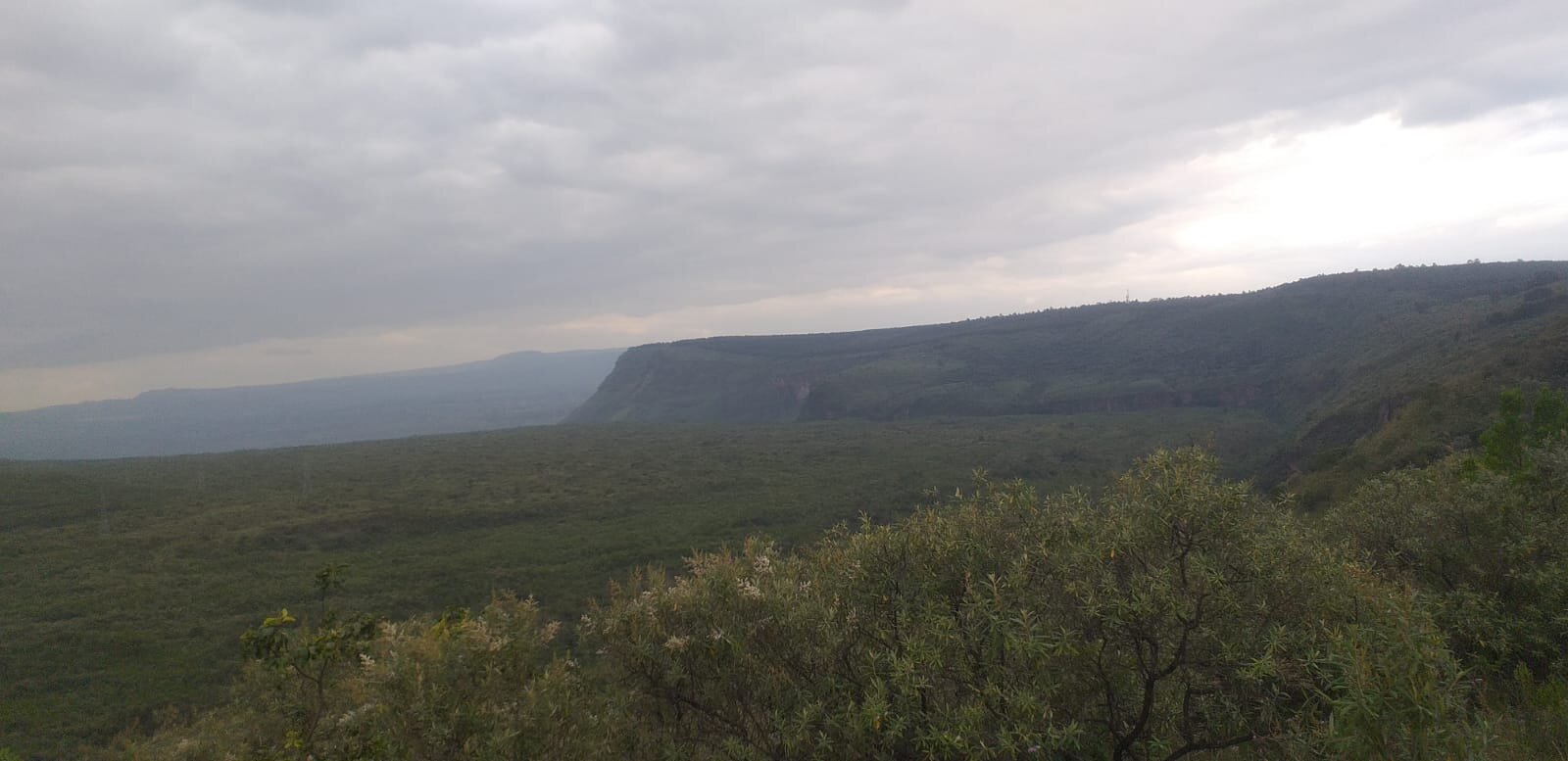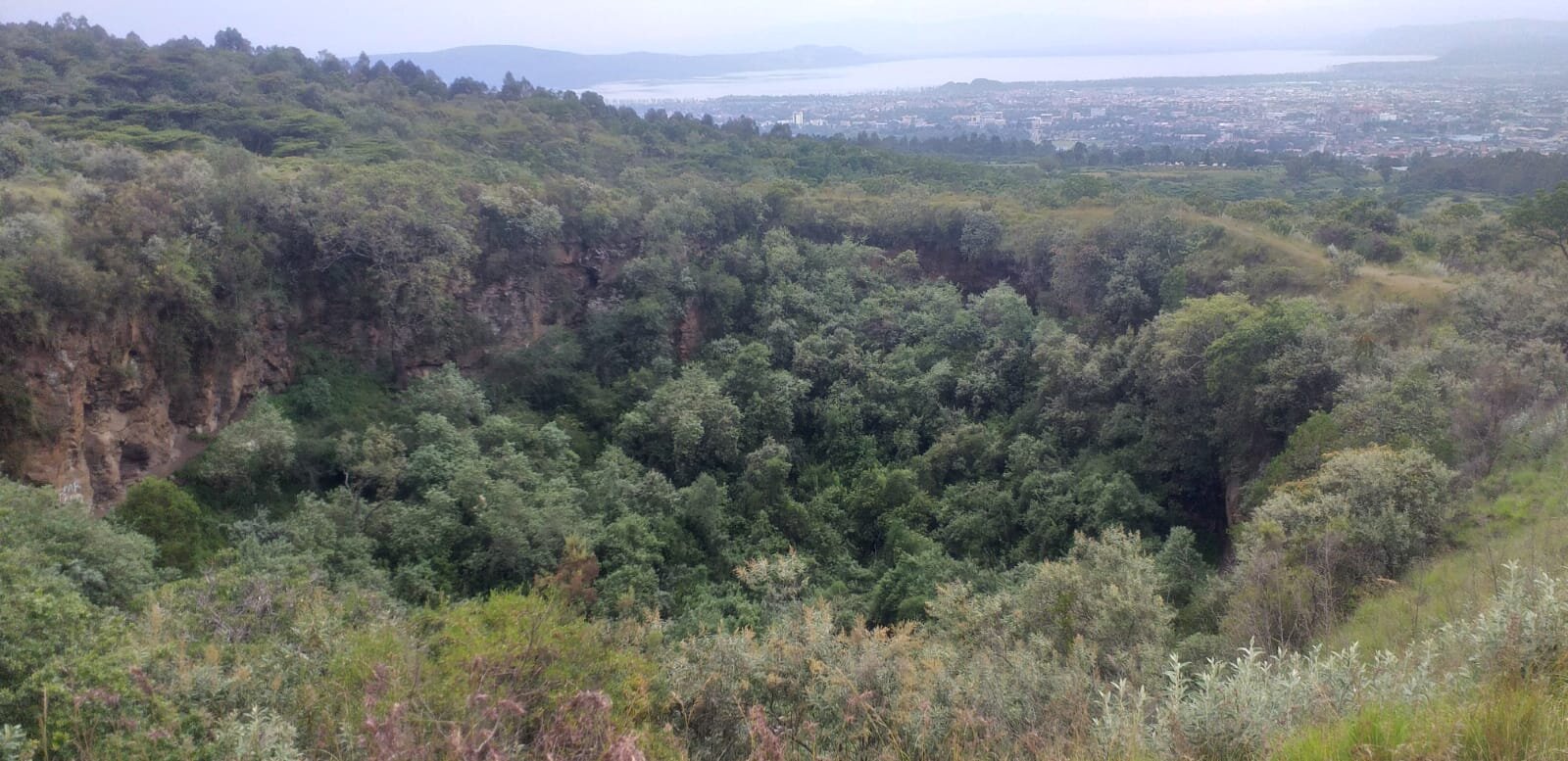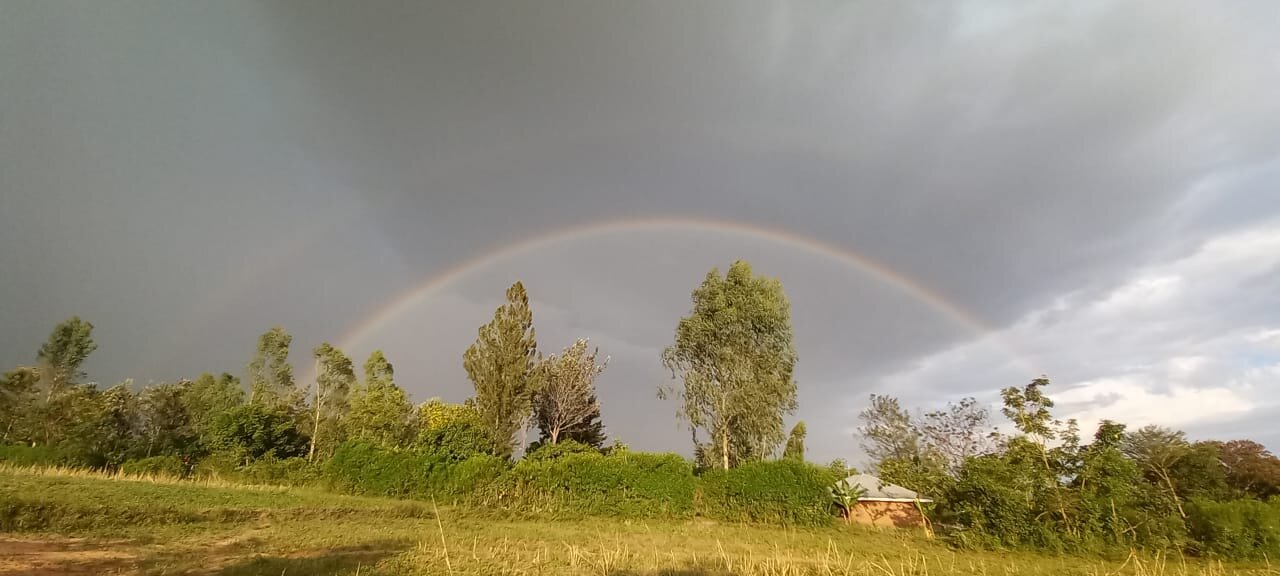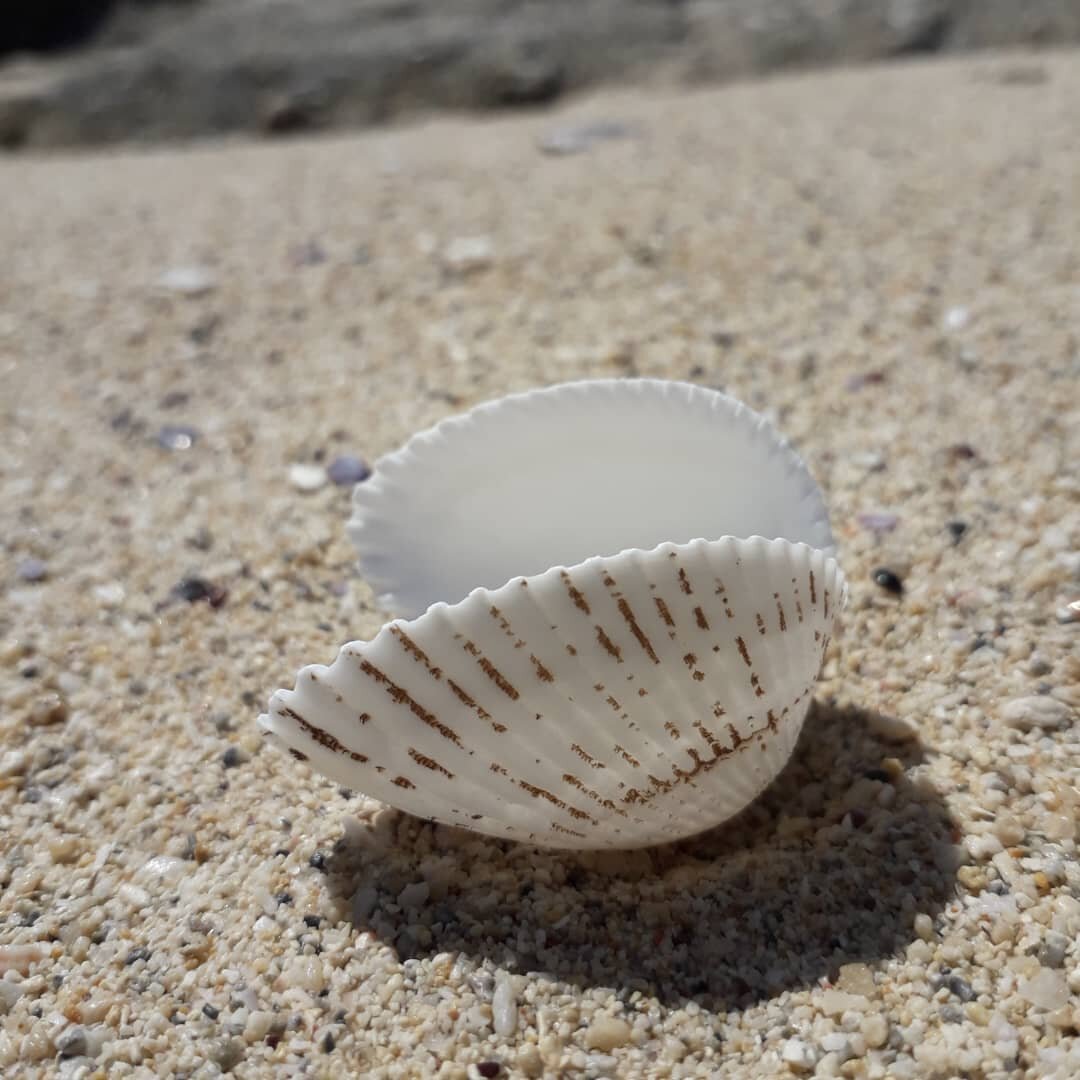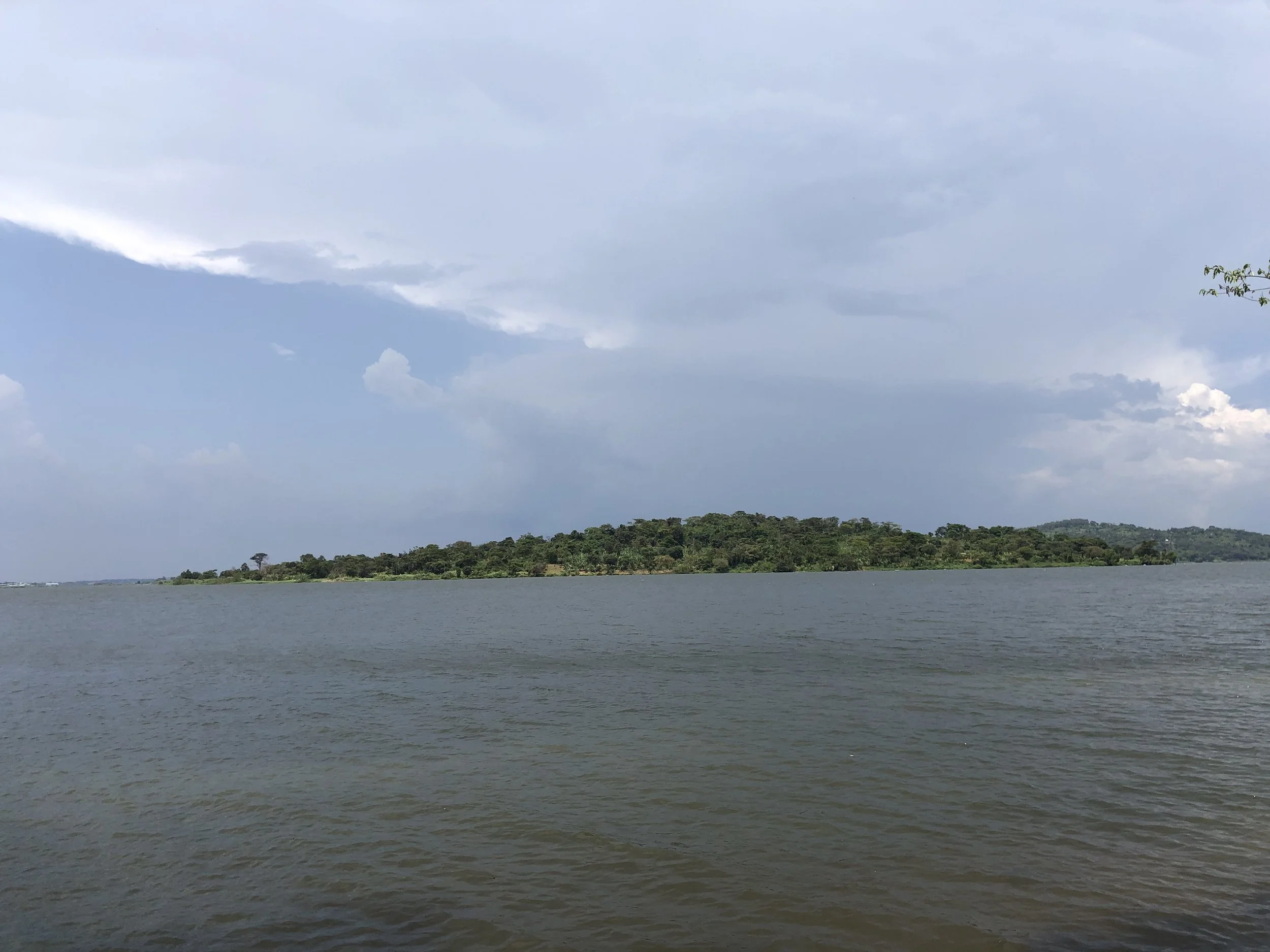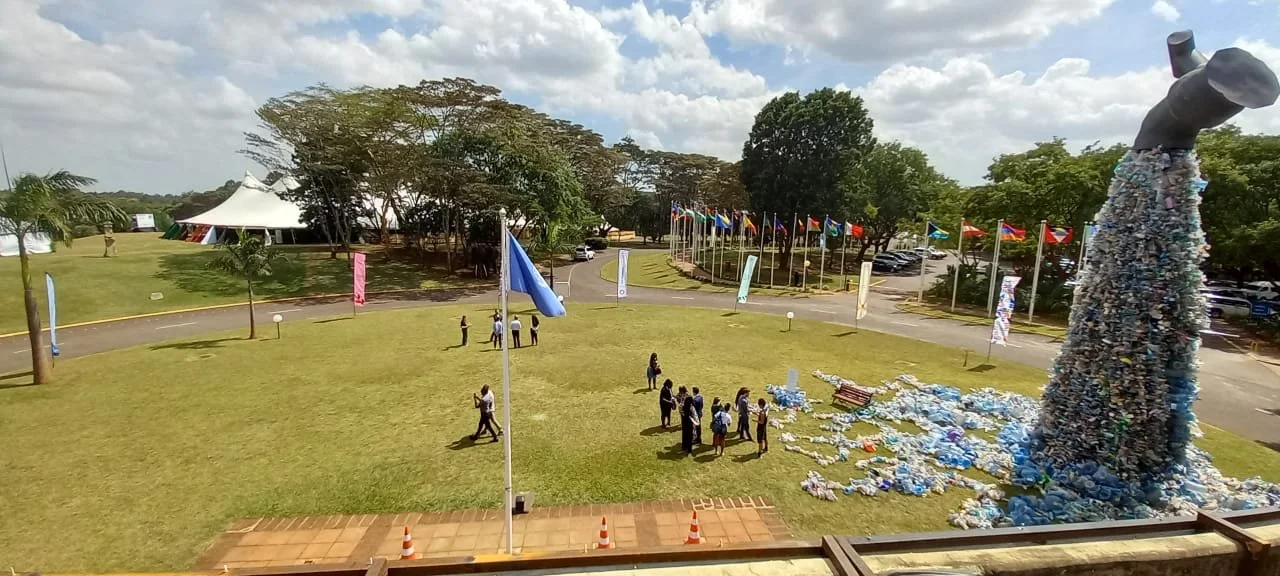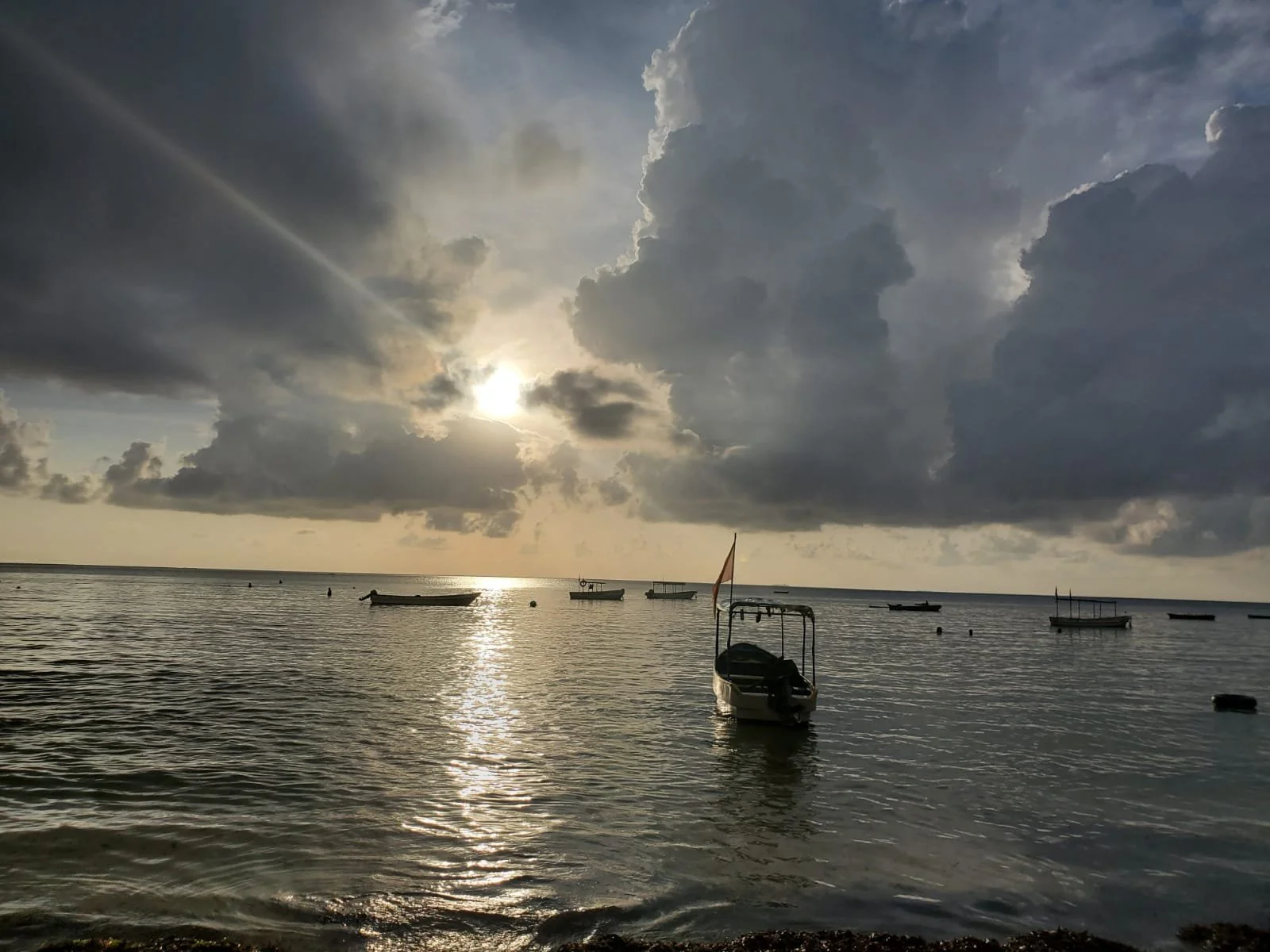October, a month of action, action, and more action!
We come to you from countries across Africa, in a showcase of what we have been up to in the past weeks, what we are working on now, and even our inspirations that keep us acting for nature, climate, and for our communities. From a poem about water to a walk in the escarpments of the Great rift valley, from climate strikes to the mountain activities, we present to you our warmth to keep you motivated.
Enjoy our October #PhotoChallenge with us!
Ghaamid Abdulbasat, Tanzania - Poetry
“I am water. To humans, I am simply just there.
I'm something they just take for granted.
But there is only so much of me.
And more and more of them every single day.
I started as rain in the mountains. Flow to the river and streams and end up in the ocean.
Then the cycle begins again.
And it will take me 10,000 years to get me back to the state I'm in now.
But to humans, I'm just water, just there.
Where will humans find me when there are billions more of them around?
Where will they find themselves if not interacting sustainably with it?
Will they wage wars over me?
Like they do over everything else?
That's always an option.
But it's not the only option
Nature doesn't need people, people need nature.
#WaterConservation should be a #priority.
Peter Bulimo, Kenya - #FridaysforFuture
At the lakeside city of Kisumu-Kenya, Youth4Nature, in collaboration with Kenya Environmental Action Network (KEAN) and Kisumu Environmental Champions, joined the world in the #FridaysforFuture Campaign. #FridaysforFuture is a youth-led and organized global climate strike movement that demands urgent action on the climate crisis. The campaign was thus part of a worldwide youth strategy meant to mount moral pressure on policymakers, make them listen to scientists, and then take forceful actions to limit global warming.
With respect to the interconnected nature of the climate crisis and in line with Y4N objectives, the event culminated into a call to action at the shores of Lake Victoria dubbed #SaveLakeVictoria. Here, activists demanded an end to the pollution of Lake Victoria, which has severely deteriorated the lake’s ecosystem. In one unfortunate video circulated across social media, plastic waste of immeasurable proportions is seen freely floating off the lake even as stakeholders and polluters turn a blind eye. “If this doesn’t concern you, then I don’t know what will. Where do all these plastics go?” dismayed environmental champion Orieny Odhiambo sadly interrogates.
As activists, we are committed to ending such environmental irresponsibility. We will work round the clock to bring such perpetrators to account, and ensure that nature and climate justice are served. Viva!
Leonard Iyamuremye, Rwanda
Leonard is thrilled to share a good view of the practices we use to adapt to erosion, improve soil conservation, and increase productivity. Read with him below:
“Those are well-designed radical terraces in the southern part of Rwanda for continuing exploration in my country. I visited that place and took a good landscape photo. As you know Rwanda is called the country of thousands of hills and some regions are rainy most of the time. In order to be able to get food, we cultivate in radical terraces for protection of soil erosion, to narrow our land to keep fertility, and to ensure biodiversity conservation.
As I shared in August #PhotoChallenge you saw a tea plantation in the Western part of the country, so within radical terraces we grow many crops like tea, Millet, wheat, maize... You can enjoy the visit to Rwanda to explore more!
Can't wait to share next month's photos.”
Abigael (Abby) Bosibori, Kenya
Abby takes a throwback into 2019 to some actions with climate leaders in Kenya. Messages include a strong youth voice for just transition, creativity & upcycling waste materials.
Picture 1: Kenya's DeCOALonise Campaign -Advocating against the use of Coal in Kenya and across developing countries as an alternative source of energy #AfrikaVuka. Picture 2: Identifying reusable alternatives to single-use items #reduce #reuse #recycle, an exhibition during Local Conference of Youth(LCOY) Kenya 2019 at Africa Nazarene University, Kenya. Picture 3: Mitigating climate change one tree at a time.
Kaluki Paul, Kenya - #Majestic & Beauty
Kaluki shares with us the serenity of nature, skies, and weather. From the outskirts of Seme, Kisumu county, this moment captures what, to him, feels like the genuine feel and sight of nature. Landscapes so green and skies so blue, clouds just grey and the light shines on. Nature, in its Majestic & Beauty!
Ronald Odhiambo, Kenya - Menengai crater and Sacred caves, Nakuru
Walking through the grass patches and into the crater view, Odhiambo draws on the power of nature and her serenity across its vastness. The view of such a beautiful creation gives me hope. Hope of a thriving world free from intoxication and destruction. A world where human beings can thrive together with nature. A world where we are not blinded by greed. A safe world for tomorrow's people.
Orieny Japheth, Kenya - The Calm Before the Storm
The calm before the storm. An image of dark heavy clouds hanging over the land of Seme, Kisumu County in Western Kenya. The rainbow in the background just adds beauty to the already romantic image. All these were just preparations that set the stage for the heavy downpour that followed. The regions around Lake Victoria receive conventional types of rainfall. This is Afrika and the beauty in nature is as diverse and charming as the cultures and the people of this stunning continent.
Zuhura Shaweji, Tanzania - Seashells
This is the beauty of Tanzania featuring seashells that provide a diverse swath of environmental functions such as;
Seashells help to stabilize beaches and anchor seagrass
Seashells provide homes for creatures such as hermit crabs and hiding places for small fish
Seashells are used by shorebirds to build nests
When they break down, seashells provide nutrients for the organisms living in them.
Seashells are also used to make jewelry, buttons, inlays, and other decorative items.
Aiita Joshua, Uganda
Mpanga Central Forest Reserve currently covers an approximated land area of 453 hectares in Central Uganda districts of Mpgi, Wakiso, and Mawokota. This forested land area is home to various species of flora and fauna; most commonly and uniquely known for its diversity of butterflies (up to 97 species) and moths (over 112 species). Bird diversity in this forest ecosystem comprises over 350 species, and there can be over 500 species of trees identified within this forested habitat as well! Most commonly sighted mammals here include the vervet monkeys, red-tailed and black-and-white colobus monkeys; small mammals include pangolins, squirrels, otters among others.
Courtesy photo: Ebaprenuer solutions Uganda, Mpanga forest
This forested habitat has also been central to the needs of the surrounding local communities, including the Baganda, who derive and obtain food, herbs here, and who also maintain cultural and institutional affiliations and beliefs with the forest. However, the destruction of the forest reserve over the recent decades has taken an exponential course with about 17% of the total forest cover lost in the last 2 decades, with much of the land being given out for industries and factories as well as used by the local communities for agricultural purposes.
In light of the need to restore the much-degraded land, a restoration drive ensued within the forest reserve nearly a decade ago. To date, they have led the restoration of over 100 hectares of the formerly degraded landscape by planting indigenous tree species originally native to the landscape. Corporations and organisations involved in the restoration include the Nile Breweries Uganda, World Bank, Rural Water Initiative for Climate Action (RWICA), Ebapreneur Solutions Uganda, among others.
This second phase of the restoration initiative, courtesy of Ebapreneur Solutions Uganda, Rural Water Initiative for Climate Action (RWICA) with support from One World Tree Planting, saw the planting of over 3,000 indigenous tree seedlings conducted with local community members living at the edges of the forest reserve!
The year is almost over, but our love for Afrika is not. As the world prepares for key climate negotiations, we hope that these pictures we have been sharing over the last months can serve as tangible evidence of how things are on the ground, and why we must urgently move from commitments to action.
Let youth drive the agenda. Let us bring the change.
Let us restore and fund nature and communities.
Catch you on our next #PhotoChallenge!


